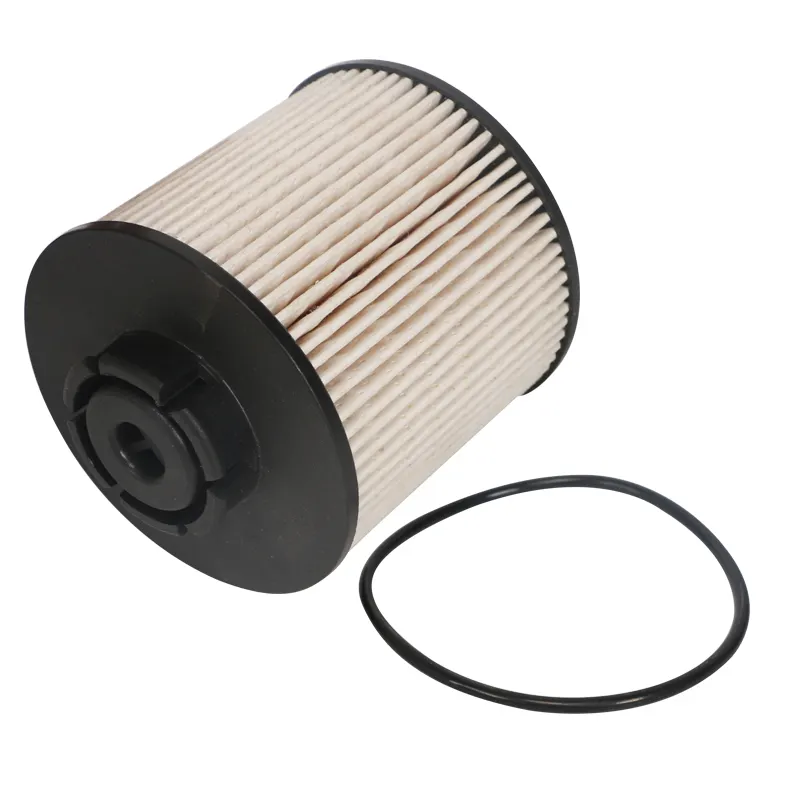Nov . 25, 2024 22:33 Back to list
volvo oil filter
Understanding Volvo Oil Filters Importance, Types, and Maintenance
When it comes to maintaining your Volvo, one of the most crucial components to consider is the oil filter. The oil filter is a vital part of your vehicle’s lubrication system, ensuring that the engine runs smoothly and efficiently. In this article, we will explore the significance of Volvo oil filters, the various types available, and the essential maintenance practices to keep your engine in optimal condition.
Importance of the Oil Filter
The primary role of an oil filter in a Volvo vehicle is to remove contaminants from the engine oil. Over time, dirt, metal particles, and other debris accumulate in the oil, which can severely affect engine performance. A clean oil filter prevents these contaminants from circulating throughout the engine, thereby protecting vital components such as bearings, pistons, and cylinder walls. A high-quality oil filter not only filters out impurities but also helps in maintaining the oil's viscosity, ensuring that it can lubricate the engine effectively.
Regularly replacing the oil filter is essential. Neglecting this crucial component can lead to various issues, including reduced engine efficiency, increased wear and tear on engine parts, and even total engine failure in extreme cases. For Volvo owners, using a genuine Volvo oil filter ensures compatibility with the vehicle's specifications and helps maintain the overall health of the engine.
Types of Oil Filters for Volvo Vehicles
There are several types of oil filters available for Volvo vehicles, and understanding these can help you make informed choices during maintenance
1. Spin-On Oil Filters These are the most common type of oil filter used in Volvo cars. They feature a canister that houses the filtering medium and are designed for easy installation and removal. The spin-on design simplifies the replacement process, making it accessible for both professional mechanics and car enthusiasts.
2. Cartridge Oil Filters These filters consist of a filter element housed in a removable cartridge. They are typically used in newer Volvo models and are designed to reduce waste, as only the filter media needs to be replaced, not the entire housing. This type is often more environmentally friendly and is favored in modern engineering designs.
3. Magnetic Oil Filters While not as common, magnetic oil filters are gaining popularity due to their ability to attract and capture metallic particles from the engine oil. This provides an additional level of protection, especially in high-performance or older engines where metal wear is more prominent.
volvo oil filter

Choosing the right oil filter for your Volvo is crucial. Always refer to your vehicle’s owner manual for specifications or consult a professional mechanic to ensure you select the best option.
Maintenance Tips for Your Volvo Oil Filter
Maintaining your Volvo's oil filter involves more than just replacing it during an oil change. Here are some essential tips to ensure your oil filter works effectively
1. Regularly Change the Oil and Filter Follow the manufacturer’s recommendations for oil change intervals, which usually range from 5,000 to 10,000 miles, depending on the oil type and driving conditions. Always replace the oil filter when doing an oil change.
2. Monitor Oil Quality Keep an eye on the oil’s color and consistency. Dark, gritty oil may indicate that the filter is clogged, necessitating an immediate change.
3. Use Genuine Parts Opt for genuine Volvo oil filters or high-quality aftermarket options that meet Volvo’s specifications to ensure the best fit and performance.
4. Professional Inspections Consider having a professional mechanic inspect your vehicle regularly. They can provide insights into the health of your oil filter and other engine components.
Conclusion
The oil filter plays a crucial role in maintaining your Volvo’s engine health. By understanding its importance, types, and maintenance practices, you can ensure that your vehicle operates smoothly and efficiently for years to come. Remember, a well-maintained engine is not only a joy to drive but also a significant investment in your vehicle's longevity.
-
Toyota Corolla Hatchback Cabin Air Filter – High Efficiency & Easy Installation
NewsJul.08,2025
-
Premium Canister Fuel Filter Supplier High Quality Oil Filtration Solutions
NewsJul.08,2025
-
Premium Car Filter Oil Solutions Leading Car Oil Filter Exporter Hyundai Car Oil Filter Exporters
NewsJul.08,2025
-
Buy 17x21x1 Air Filter – Improve Air Quality & HVAC Efficiency Affordable Air & Cabin Air Filter Cost
NewsJul.07,2025
-
High-Performance Filter Element Fuel – Durable, Efficient & Cost-Effective Solutions
NewsJul.07,2025
-
High-Quality Engine Filter and Cabin Filter for Superior Airflow Affordable Cabin and Engine Air Filter Cost
NewsJul.07,2025


